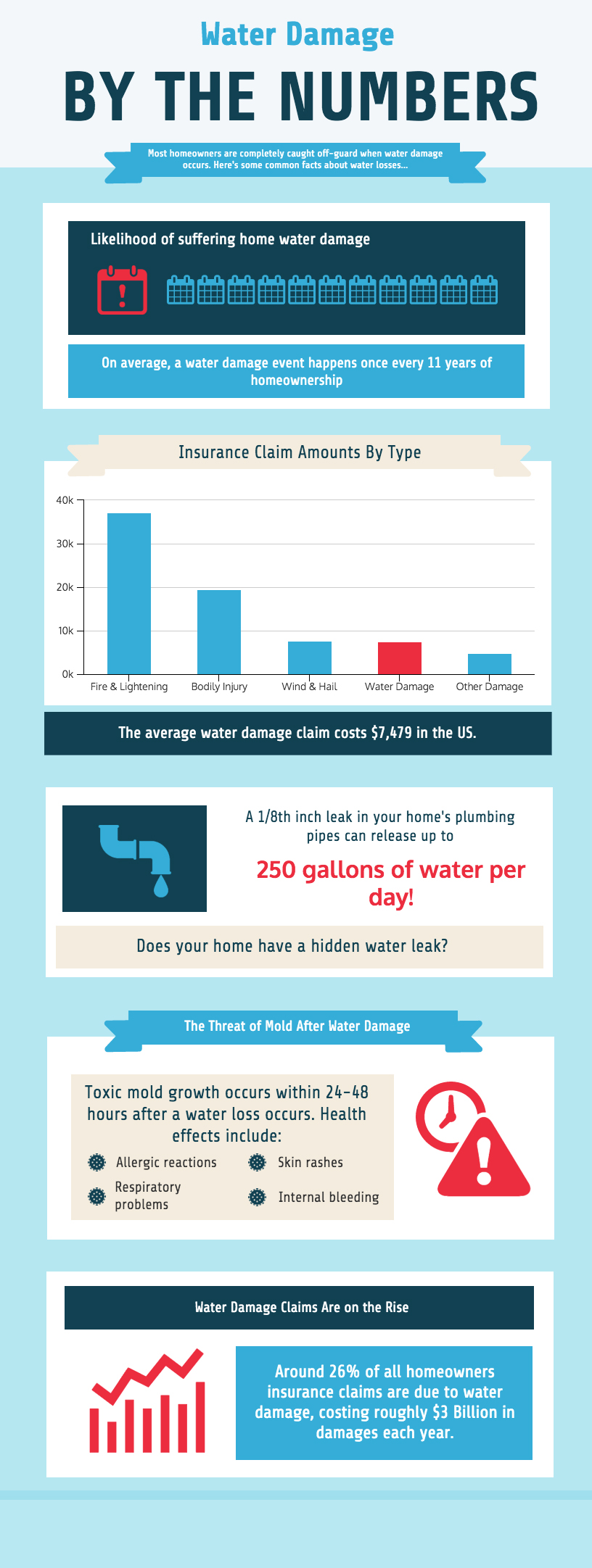Examining Metal Roofing Versus Shingle Roofing: Benefits And Downsides
Examining Metal Roofing Versus Shingle Roofing: Benefits And Downsides
Blog Article
Writer-Lott Davidson
When you're thinking about a new roofing, the selection between steel and tile roof covering isn't uncomplicated. You might find metal roof coverings appealing for their sturdiness and power performance, yet the higher preliminary cost can be a downside. On the other hand, tile roof coverings supply a traditional appearance and lower upfront expenditures, but they might require more frequent repair work and have a much shorter life-span. So, which choice aligns far better with your concerns? Let's explore the vital elements that can influence your decision.
Introduction of Steel Roof Covering
Metal roofing has obtained popularity in recent times because of its longevity and aesthetic charm. When you pick metal roof covering, you're selecting a material that can hold up against extreme weather conditions, consisting of hefty rain, snow, and high winds.
Unlike conventional shingles, metal roofings can last 40 to 70 years with marginal maintenance, making them a long-lasting investment.
An additional advantage of metal roofing is its power efficiency. You'll discover that lots of steel roof coverings are developed to reflect solar warm, which can help reduce your cooling costs throughout warm summer season.
And also, steel roof coverings are often made from recycled materials, which interest environmentally mindful home owners.
In regards to style, metal roof covering comes in numerous designs, colors, and surfaces, permitting you to tailor your home's look. Whether you like a streamlined contemporary appearance or a rustic appeal, you'll have options to match your vision.
Ultimately, steel roof is immune to parasites and rot, providing you peace of mind that your roof covering will certainly stay intact for many years.
With all these advantages, it's no surprise several home owners are making the switch to metal roof.
Overview of Shingle Roof Covering
When considering roof covering choices, tile roof stays a prominent choice among home owners for its affordability and flexibility. Roofing shingles come in various products, including asphalt, timber, and fiberglass, enabling you to choose a style that fits your home's aesthetic and budget. https://www.architectureanddesign.com.au/features/list/corrugated-iron-cladding-roofing-size-profiles-pri are the most common kind, known for their cost-effectiveness and convenience of installation.
Among the major advantages of tile roofing is its variety of colors and designs. This versatility means you can conveniently match your roofing to your home's outside. Additionally, tile roof coverings generally have a life expectancy of 20 to thirty years, depending on the material and maintenance, making them a practical long-lasting investment.
Installment is usually quick and simple, which can conserve you on labor prices. You can often discover local service providers who concentrate on roof shingles roofing, offering you alternatives for affordable prices.
While tile roofings might not have the same long life as metal roofing systems, their lower preliminary price and simplicity of repair work make them an eye-catching choice for several home owners. Overall, roof shingles roofing offers an equilibrium of cost, visual charm, and practicality that remains to resonate with those wanting to improve their homes.
Key Contrasts and Considerations
Selecting between metal and roof shingles roof includes a number of essential contrasts and factors to consider that can significantly affect your choice.
Initially, think about longevity. Steel roofing systems can last 40 to 70 years, while asphalt shingles commonly last 15 to thirty years. This longevity implies that although metal might have a greater ahead of time price, it might save you cash in the long run.
Next, consider Read the Full Document . Metal roofings require less upkeep, withstanding mold and mildew and mildew, while shingles may require much more frequent maintenances.
Weather resistance is an additional important factor. Metal roofing systems manage severe climate well, including heavy rainfall and snow, whereas roof shingles can be susceptible to wind damages.
Aesthetic appeals also play a role. Roofing shingles use a standard look that lots of house owners prefer, while steel roof covering comes in various styles and shades, allowing for more customization.
Lastly, evaluate insulation and power efficiency. Steel roofing systems mirror heat, keeping your home cooler, while tiles might soak up more warm, impacting your power bills.
Ultimately, weigh these aspects versus your budget plan, local climate, and personal choices to make the best roof covering option for your home.
Conclusion
To conclude, choosing between steel and tile roof covering inevitably depends on your priorities. If you're seeking sturdiness and long-lasting savings, steel roofings could be the means to go. Nevertheless, if you like a traditional appearance and lower in advance prices, shingles could be preferable. Consider variables like your budget, climate, and individual style to make the very best decision for your home. Whichever you pick, both choices have their one-of-a-kind advantages to use.
